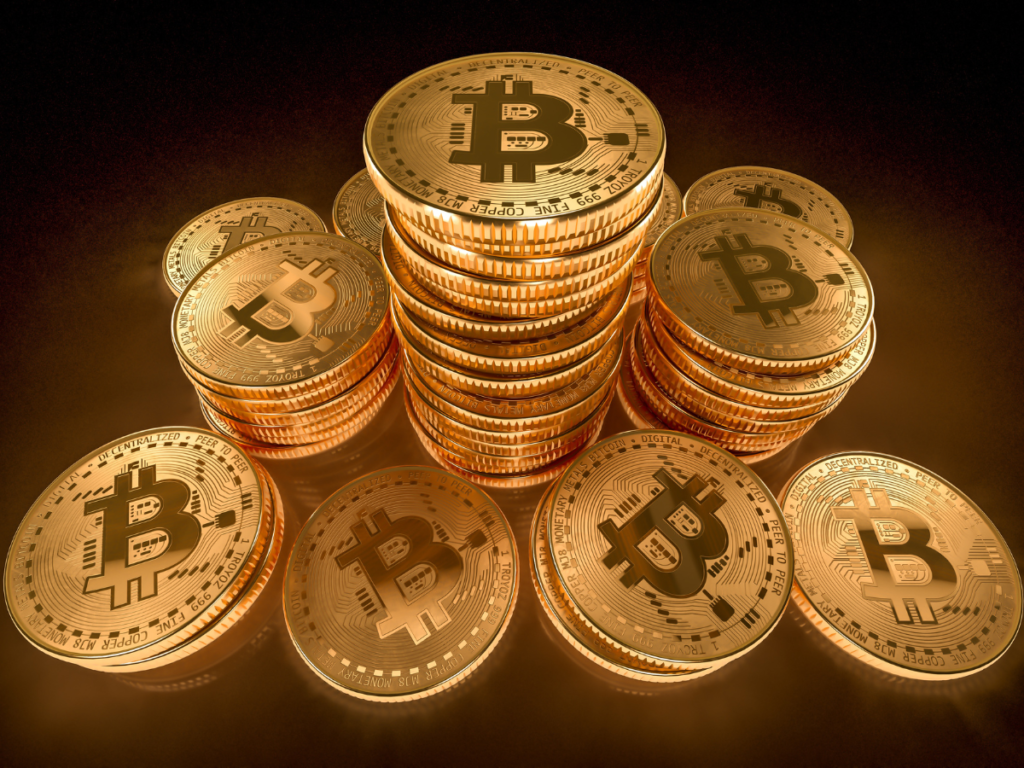Beyond the Fed’s rate hike pause, Bitcoin ‘s recent price surge reflects positive market conditions, nearing yearly highs.
Not just because the Fed is stopping its rate hikes, but a recent examination of the price of Bitcoin has shown a number of other favorable features of the current market conditions. The price of Bitcoin appears to be benefiting from this combination of favorable variables, as it has rallied to near its yearly highs.
The Fed’s actions: a fresh look at Bitcoin
The Bitfinex Alpha 82 analysis brought to light the fact that the recently released Fed minutes really continue to point toward a cautious rate-cutting strategy. In fact, the US Federal Reserve board has declared that if inflation does not decline, it is prepared for any additional hikes.
Still, inflation is declining sharply, to the point where even more recent data appear to support the continuation of the downward trend.
Indeed, it appears from reading between the lines of the minutes that the baseline has really shifted toward a situation where interest rates stay constant.
It also becomes apparent that the unintended consequences of these high rates on the economy may be more than anticipated, as evidenced by the lack of reaction on the financial markets to the release of these minutes.
Rather, a rate-cutting campaign is anticipated to begin, albeit not until the middle of 2024.
However, some findings from Bitfinex’s investigation are even more intriguing.

Enduring holders
One of the most important facts is that the maximum value of Bitcoins that have not been exchanged or moved for over a year has been attained: 13.65 million BTC, or around 70% of the total supply. Approximately 11.2 million of them have not been active for longer than two years.
Analysts at Bitfinex write:
“As rising demand outpaces available supply, this noteworthy supply inactivity represents both significant price support and a source of upward pressure.”
In addition, the frequency of exchanging or using Bitcoin for transactions surpassed a minimal threshold of 15.78. But in the bear market of the previous year, this speed had soared to 80.
Given these facts, it is not unexpected that the price of Bitcoin has risen above $38,400, the new annual high for 2023, as owners of the cryptocurrency have grown hesitant to sell.
Currently, 83% of Bitcoin owners seem to be making money, and there is still a noticeable lack of selling pressure on the markets. There isn’t much of an incentive to sell at this time because the actual size of these unrealized gains is still quite small.
As a result, the supply of short-term holders (STH) declines while long-term holders (LTH) continue to amass. All of this points to a more robust market or a decrease in speculative trading.
Fed: examining the US economy and its relationship to Bitcoin
There are divergent signals coming from the US economy.
Bitfinex analysts point out that one significant result of the current unnecessarily high loan rates is a noticeable decrease in business equipment expenses.
However, the job market is doing well, as seen by the unexpected 10.3% decline in the number of new applications for unemployment benefits. In fact, looking at it this way, levels are now even lower than they were before the pandemic.
But existing-home sales in the real estate market saw a sharp downturn, hitting a low point not seen since 2010.
Put another way, the US economy is doing well generally, but things are not doing well nearly anywhere that interest rates have a major direct impact.
Because of all of this, the rate decrease campaign’s mid-2024 launch is now even more feasible.
Even while the dollar has undoubtedly declined somewhat in recent days, it still seems to be quite erratic.
The globe at large
There are happenings outside of the USA that point to a potentially advantageous future for bitcoin.
For instance, more licenses are being given to cryptocurrency businesses in Hong Kong so they can run their businesses completely legally and under government regulation.
Additionally, the United Kingdom is still embracing digital asset technology as a result of an experiment that attempts to use tokenization to incorporate blockchain technology into asset management.
At last, the CBDC pilot project in South Korea has commenced, incorporating the testing of a simulated carbon emissions trading mechanism.
The fact that it appears like cryptocurrency is becoming more and more popular worldwide may also be the reason why Bitcoin holders currently choose to hold onto their currency.











